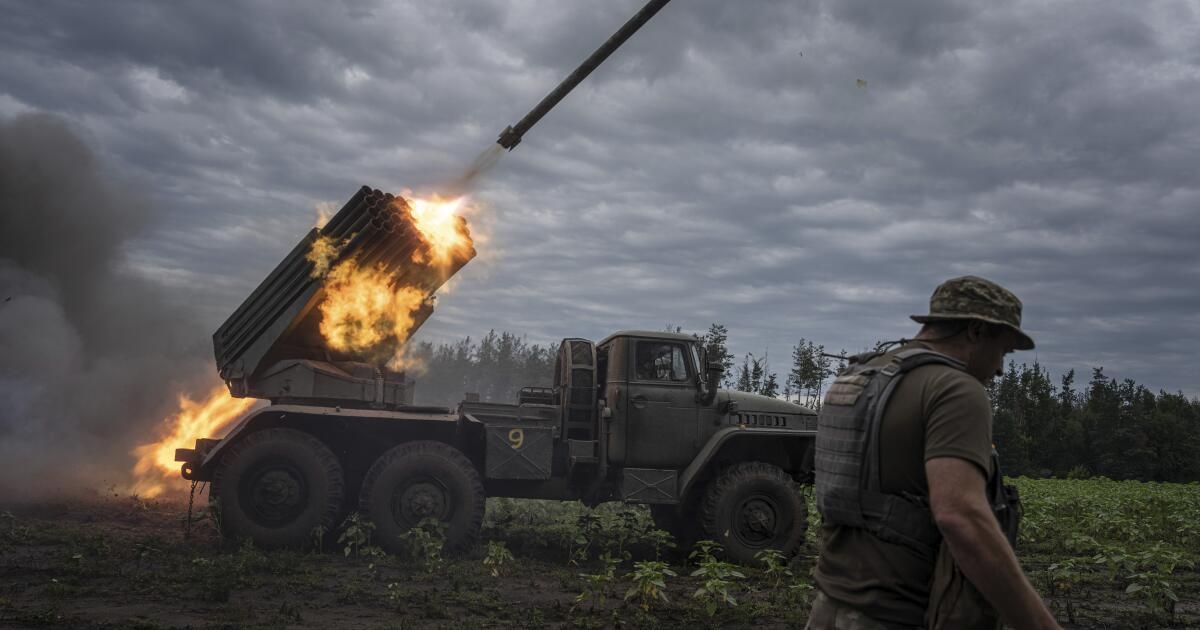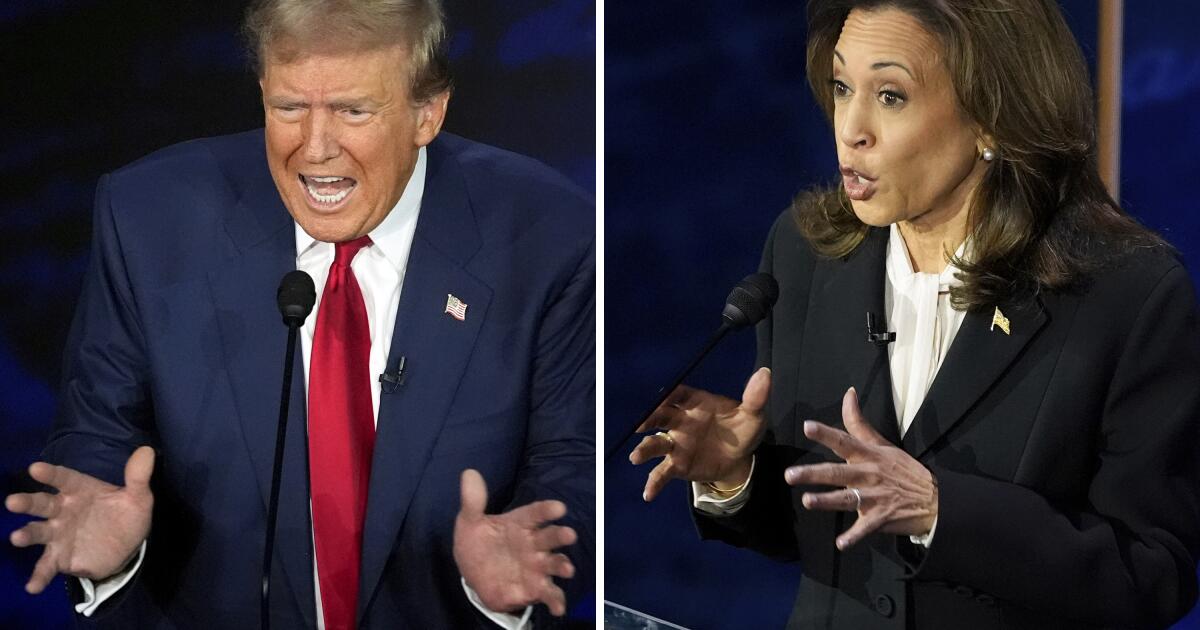WASHINGTON- Two months before President-elect Trump returns to the White House, President Biden reportedly made a major shift in U.S. policy toward Ukraine, authorizing for the first time the use of U.S.-supplied missiles to hit deeper targets within Russia.
Moscow responded angrily on Monday and the Kremlin warned of a possible escalation. Ukraine's public reaction was positive but muted, with President Volodymyr Zelensky saying that any long-range missile from Ukrainian forces aimed at Russia would “speak for itself.”
The move, reported over the weekend by several media outlets, comes at a crucial point in a punishing war, as Ukraine this week marks 1,000 days since Russian President Vladimir Putin's full-scale invasion. Trump, as a candidate and as president-elect, has said he wants a quick end to the fighting, while Ukraine fears it will be forced to make painful concessions, including ceding territory Russia has already seized.
Here's some background on what's behind Biden's move and its potential repercussions on and off the Ukrainian battlefield.
Why now?
Ukraine, hit nightly by deadly Russian missile attacks on its cities, has for months asked for permission to use longer-range weaponry provided by the United States to attack airfields and missile facilities inside Russia. So far, Biden said no.
But lately U.S. officials have been citing what they call a significant escalation by Moscow: the deployment of thousands of North Korean troops to fight on the Russian side. And Biden and his advisers have publicly pledged to put in place as much aid as possible for Ukraine before Trump takes office.
What does Moscow say?
Kremlin spokesman Dmitry Peskov said the move amounted to “adding more fuel to the fire.” And speaking to reporters in Moscow, he pointedly referred to a threatening statement from Putin in September. The Russian leader then said that allowing Ukraine to strike deep inside Russia would mean the United States and its NATO allies “are at war with Russia.”
Putin also stated over the summer that Russia could provide longer-range weapons to others to hit Western targets, and suggested – as he has previously – that Russia could use nuclear weapons if it feels sufficiently threatened.
What kind of American weapons are involved?
The system in question is the Army Tactical Missile System, ATACMS, known colloquially as “attack 'ems,” with a range of approximately 190 miles.
If ATACMS are used, it would not be the first time Ukraine has used American weapons inside Russia. Last spring, as Russia advanced into the eastern Kharkiv region, endangering Ukraine's second-largest city, the Biden administration allowed the use of the U.S.-supplied HIMARS, or High Mobility Artillery Rocket System, with a range of 50 miles. attack targets on the other side of the border.
Ukraine has long used domestically produced weapons, such as drones, to harass Russia with attacks that sometimes target Moscow itself.
Will it make any difference on the battlefield?
Analysts said the move could give Ukraine more ability to prevent Russian attacks on its cities, but noted that Moscow has already moved some aircraft and missile facilities out of its reach. Additionally, they said that US supply of ATACMS is far from unlimited and that Trump could withdraw the permit as soon as he takes office.
“It's not a bad thing by any means,” Phillips O'Brien, a professor of strategic studies at the University of St. Andrews in Scotland, wrote on his Substack. But he added that the measure could be “much less than the sum of its parts” due to time and possible limitations.
How did Ukraine take the news?
Ukrainian commentators applauded the move, but many opined darkly that it was too little, too late. Zelensky, in his late-night address to the nation on Sunday, suggested there was little advantage in telegraphing any plans for such attacks in advance.
“Strikes are not done with words,” he said. “Those things are not announced. The missiles will speak for themselves.”
Biden took a low-key approach in revealing the news, eschewing a formal announcement in favor of senior officials relaying the decision to the media over the weekend.
Furthermore, the conditions of use have not been made public: for example, whether Ukraine will be limited to targets in Russia's Kursk region, where Ukrainian troops staged a surprise attack in August and where Russia has been massing forces and weaponry to attack. them out.
How does the US presidential transition influence this?
Trump has little desire to inherit, in the long term, a war that he has described as costly and useless. (His Democratic opponent, Vice President Kamala Harris, argued that allowing Russia to profit from attacking a sovereign neighbor without provocation endangered all of Europe and the West.)
At the same time, Trump relishes the idea of being perceived as a dealmaker. To reach an agreement early in his term, he could try to pressure Ukraine, which is fighting on the battlefield, to make concessions that it has until now considered unacceptable, including the permanent loss of territory and neutral status.
Furthermore, the US transition from the Biden administration to the new Trump administration coincides with a crucial period for Ukraine, which fears that Russia will take advantage of the time between now and January to destroy the country's battered power grid, depriving Ukrainian civilians of heat and electricity. . Light for the coldest winter months.












